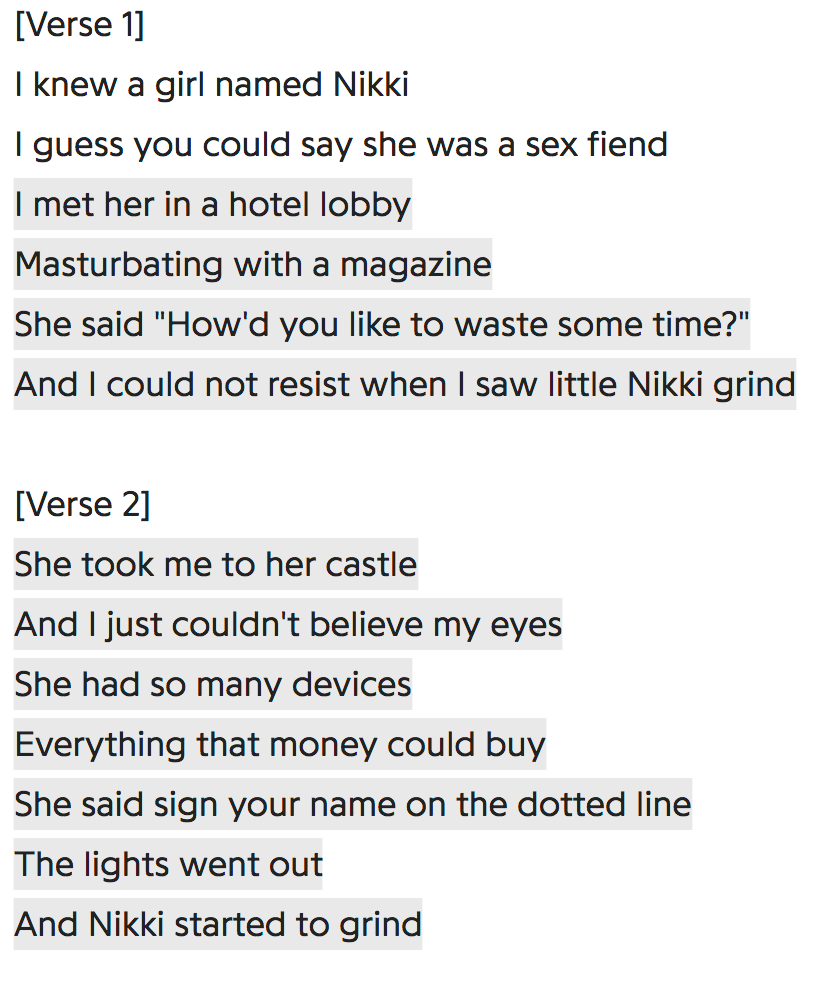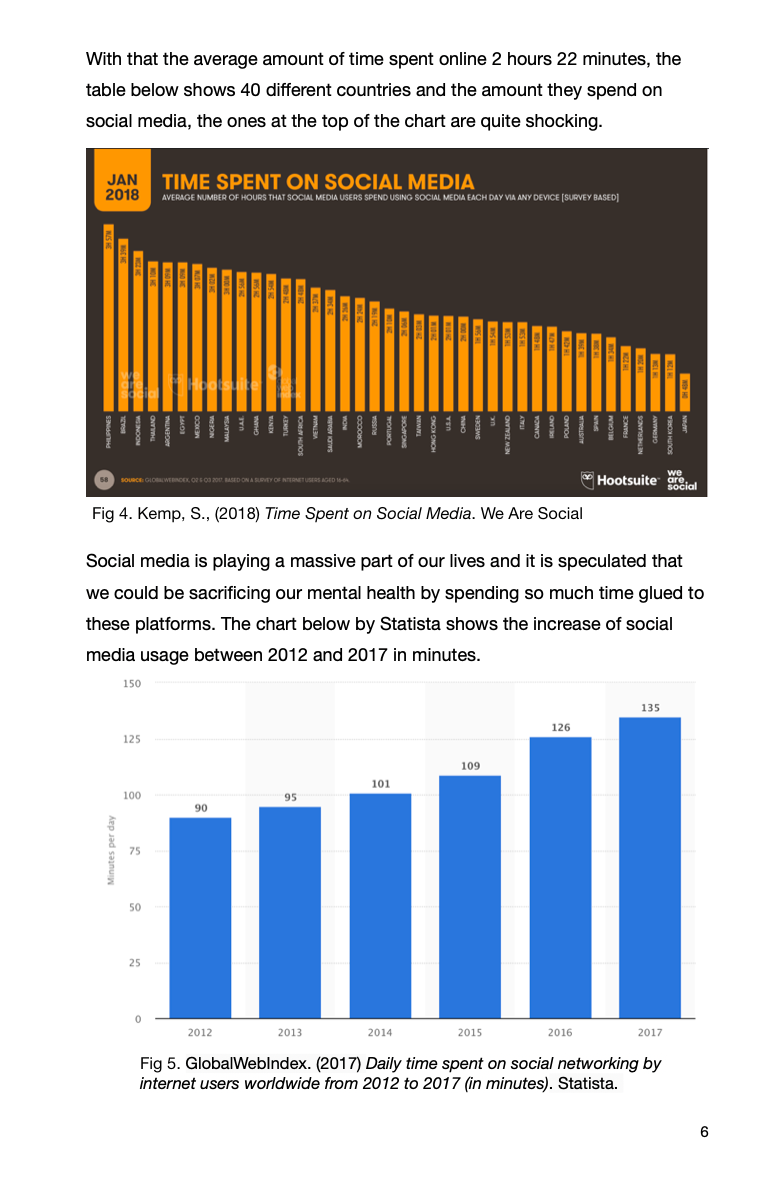Who Watches the Watchmen?
- hannahcranshaw
- Oct 4, 2018
- 4 min read
Updated: Feb 28, 2019
To prepare us for our contexts of practise essay we are being taught a twelve week lecture series on ‘Provocations’. We will be covering six different key themes to explore and research.
In our first lecture we started to explore the themes of gender and sex in relation to the concept of power.
For this topic we are using Prince as a metaphor as he is very well known.

Sex is something that was only discussed between a married man and women. When Price started to sing about it in mainstream music it was shocking and frowned upon and it was such a hushed subject. Songs like Darling Nikki, from Price’s 1984 album Purple Rain and Like a Virgin by Madonna shocked the public. When you first listen to Darling Nikki it just sounds like a normal pop a song to us but that is because it is a lot more common for songs to be highly sexual. Sometimes you don't realise what the lyrics are actually saying when you first listen you just enjoy the music.
Tipper Gore created a moral panic and the Parents Music Resource Centre. From this the parental advisory sticker was created. As these songs were such ‘filth’ in Gore's opinion and her daughter and other young people shouldn't be able to listen to it without their parents knowledge. This became a censorship of art as not all music was now available to everyone.


Foucault wrote ‘The History of Sexuality’ 1984 discusses how the Borgiousse decide what is deemed as acceptable and what sexuality can be. Dominant ideology determines what is okay to discuss and the information we have surrounding sex. Sex becomes part of a larger class struggle for transparency of information and freedom and expression.
Prince pushed boundaries with clothes therefore pushing gender boundaries. His trademark look was very flamboyant and feminine as he wanted people to question the way people should ‘traditionally’ look, should there even be a ‘traditional’ way? Price ‘Genderbended’ through outfit choice, singing style and performance. Performing his gender as ambiguous and as a conscious choice. However Prince was really public about what the world saw of him he wouldn't let anyone take any photos at his concerts and would buy all paparazzi photos so they couldn’t be released - this was done so that he could be taken as a serious artist.

Judith Butler is another theorist who looked at gender she wrote ‘Gender Trouble: Feminism and the Subversion of Identity’ in 1990. She discusses the ways in which dominant society controls what is accepted as masculine and feminine. Gender is culturally formed and is often adhered to as a form of self-preservation. Butler said you cannot ‘be’a gender you must ‘do’ gender, I think this means that you cannot fake how you feel, as you aren't born a gender you become a gender. Her work links to Foucault’s work on the bourgeois and dominant class wanting to control how we interpret gender. Women being emotional and caring and men being harding working and a provider is exactly how the bourgeois wanted gender to be portrayed as it worked best for the industry. Her work was written 30 years ago so it was a very radical way of thinking. Even though we have come a long way since then and a lot of people are far more accepting of people who are ‘different’, sadly not everyone can seem to accept it. For instance Obama created a transgender bathroom policy but when Trump came into power it was one of the very first things he rescinded. Obamas policy instructed public schools to allow transgender students to use whichever bathroom which corresponded to the gender they identify to; this made students feel safe and welcomed which is something they may no longer feel now Trump is in power.
The lecture ended with some questions which we were to think about before our next lecture:
• How does my work fit into these themes?
• What am I challenging/conforming to within these themes?
• What does the dominant culture looks like for me? How am I addressing this in my work?
• What is my privilege and bias - how can I address this in my work?
Seminar
We talked about our answers as a group in our next lecture.
We discussed how none of us have directly commented on these themes in our work so it doesn't fit into our work just yet. As an art college we are more understanding of difference and change and we can try to comment and challenge things that need to change in our art.
After we discussed the questions we went through a few photographs that have comment on the subject that we might like to do some further research on.
Claude Cahun - gender ambiguous in the 40’s
JJ Levine - dresses up as a couples, commenting on assumptions of gender
Trish Morrissey - creating new narratives based off old family photos
Jon Uriarte - photographs men in their own homes but wearing their partners clothing
Rion Sabean - ‘Man Ups’
Ben Hopper - natural beauty - women letting their hair grow



Comments